The Northrop Grumman RQ-4 Global Hawk is an unmanned aircraft system (UAS) is the premier provider of persistent intelligence, surveillance and reconnaissance information. It was initially designed by Ryan Aeronautical (now part of Northrop Grumman), and known as Tier II+ during development. The Global Hawk performs duties similar to that of the Lockheed U-2. The RQ-4 provides a broad overview and systematic surveillance using high-resolution synthetic aperture radar (SAR) and long-range electro-optical/infrared (EO/IR) sensors with long loiter times over target areas. It can survey as much as 40,000 square miles (100,000 km2) of terrain a day, an area the size of South Korea or Iceland.
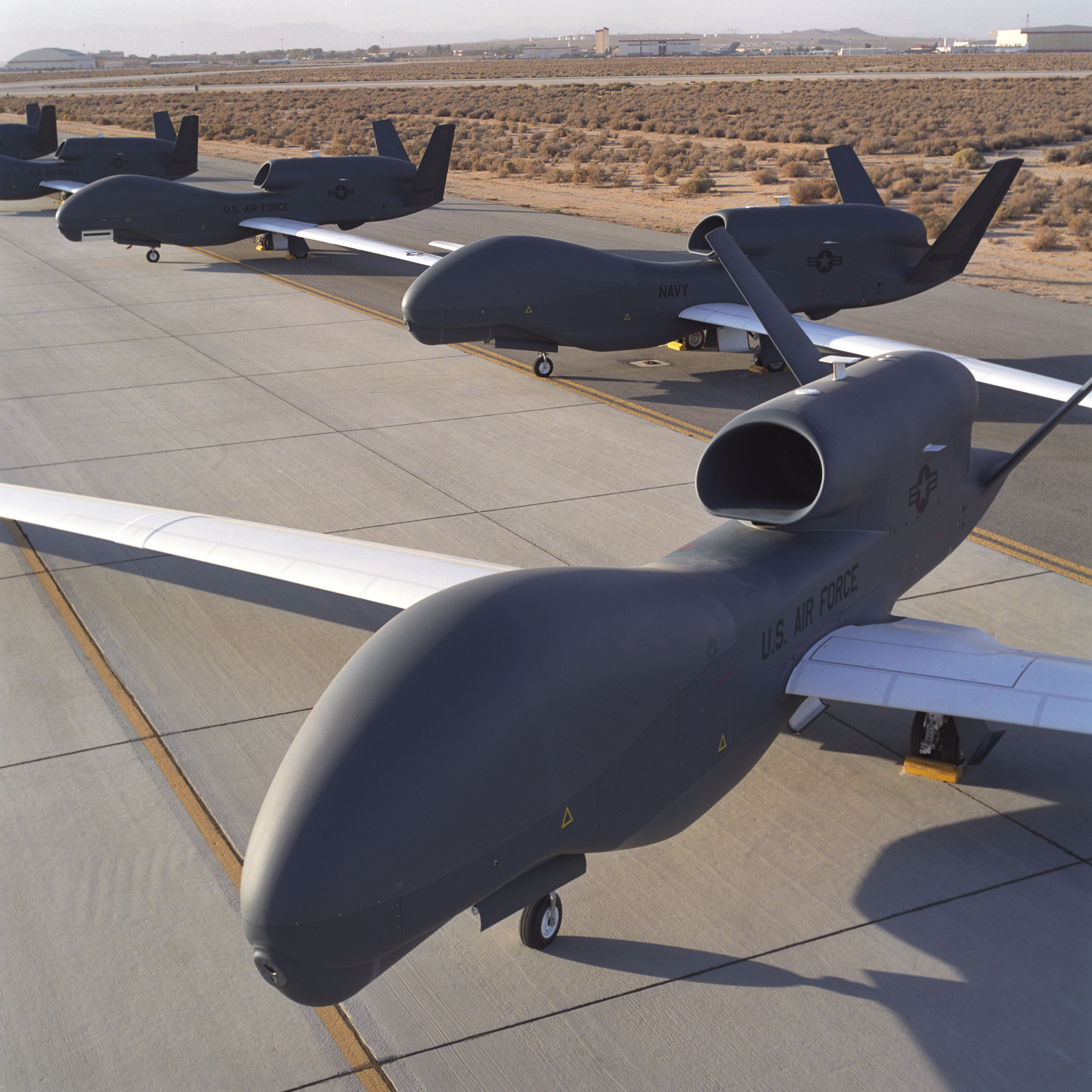
Able to fly at high altitudes for greater than 30 hours, Global Hawk is designed to gather near-real-time, high-resolution imagery of large areas of land in all types of weather – day or night. Global Hawk has amassed more than 200,000 flight hours with missions flown in support of military operations in Iraq, Afghanistan, North Africa, and the greater Asia-Pacific region. The system provides an affordable and flexible platform for multiple sensor payloads to be used together, delivering mission-critical information to various users around the world. In active operation with the U.S. Air Force since 2001, Global Hawk sees potential threats to allow commanders to gain greater understanding of an area of interest.
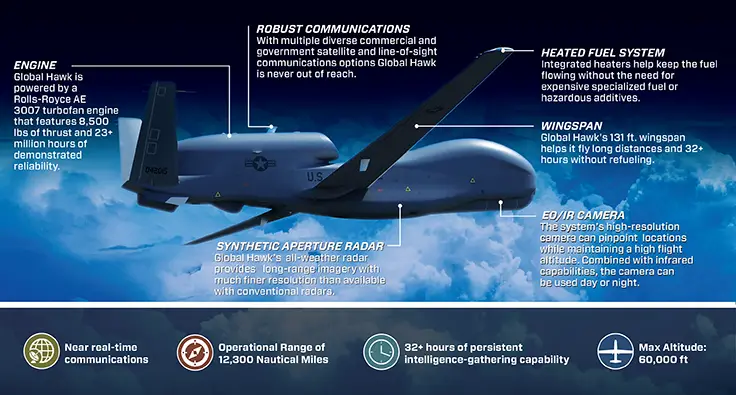
The Global Hawk is operated by the United States Air Force (USAF). It is used as a High-Altitude Long Endurance platform covering the spectrum of intelligence collection capability to support forces in worldwide military operations. According to the USAF, the superior surveillance capabilities of the aircraft allow more precise weapons targeting and better protection of friendly forces. Cost overruns led to the original plan to acquire 63 aircraft being cut to 45, and to a 2013 proposal to mothball the 21 Block 30 signals intelligence variants. Each aircraft was to cost US$60.9 million in 2001, but this had risen to $222.7 million per aircraft by 2013. The U.S. Navy has developed the Global Hawk into the MQ-4C Triton maritime surveillance platform.
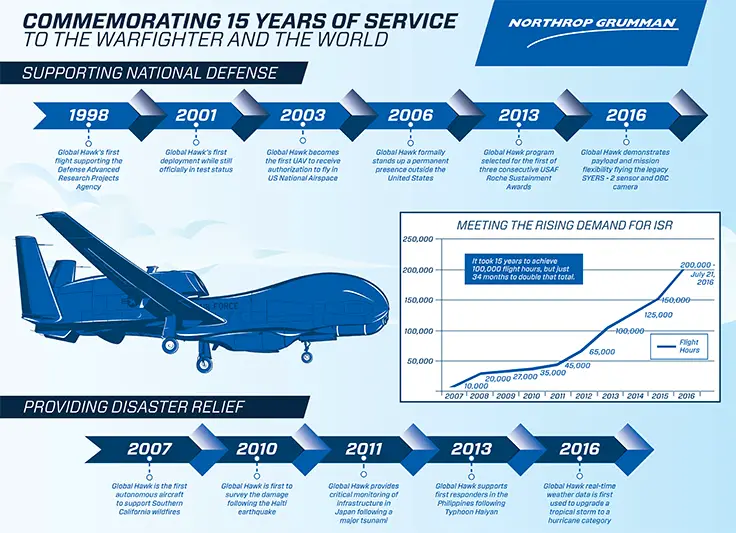
There have been several iterations of the Global Hawk with different features and capabilities. The first version to be used operationally was the RQ-4A Block 10, which performed imagery intelligence (IMINT) with a 2,000 lb (910 kg) payload of a synthetic aperture radar (SAR) with electro-optical (EO) and infrared (IR) sensors; seven A-model Block 10s were delivered and all were retired by 2011. The RQ-4B Block 20 was the first of the B-model Global Hawks, which has a greater 3,000 lb (1,400 kg) payload and employs upgraded SAR and EO/IR sensors; four Block 20s were converted into communications relays with the Battlefield Airborne Communications Node (BACN) payload. The RQ-4B Block 30 is capable of multi-intelligence (multi-INT) collecting with SAR and EO/IR sensors along with the Airborne Signals Intelligence Payload (ASIP), a wide-spectrum SIGINT sensor. The RQ-4B Block 40 is equipped with the multi-platform radar technology insertion program (MP-RTIP) active electronically scanned array (AESA) radar, which provides SAR and moving target indication (MTI) data for wide-area surveillance of stationary and moving targets.
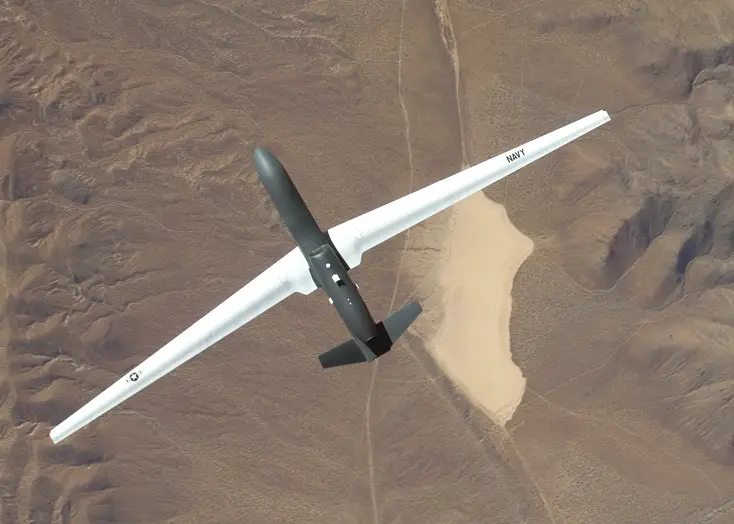
Northrop Grumman RQ-4 Global Hawk
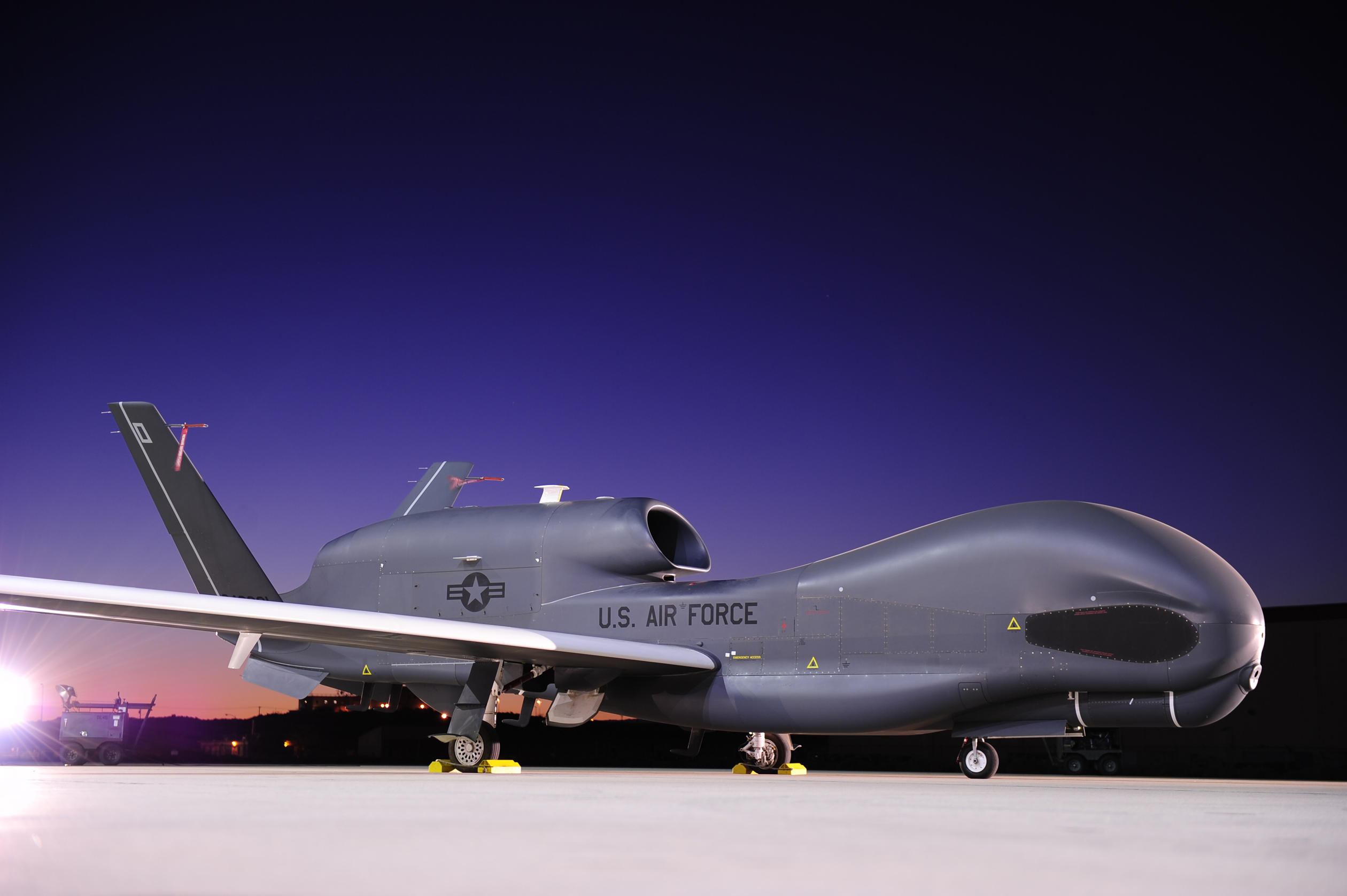
Northrop Grumman RQ-4 Global Hawk
